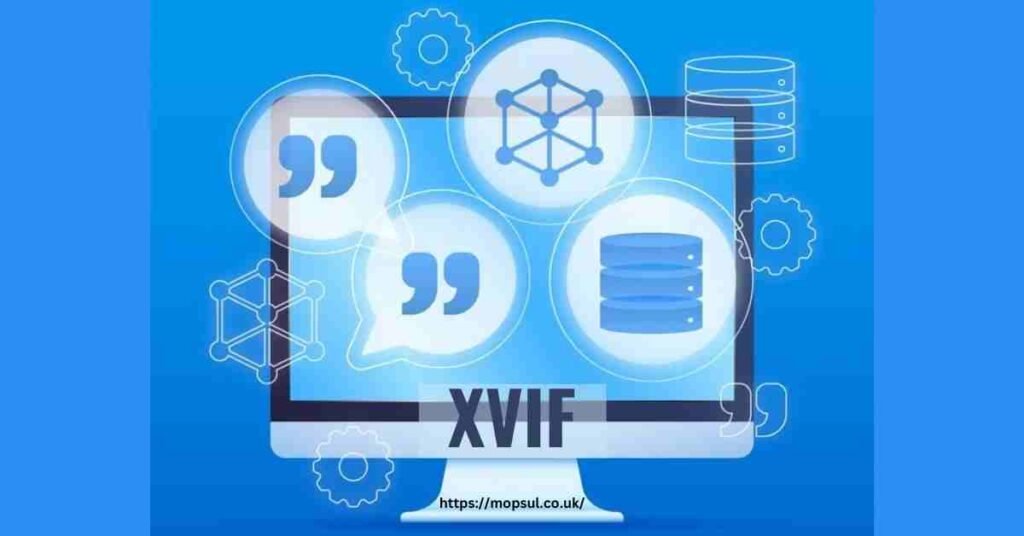Virtualization has become a vital tool for efficient IT infrastructure management in today’s rapid digital environment. Xen is an open-source hypervisor that allows system administrators to install many operating systems on one physical machine. This setup is known as Xen domains, and it brings about various advantages, such as improved resource utilization, scalability, and isolation. However, robust network connectivity must be present in Xen environments. Without such a connection, the efficiency of VMs and applications hosted by these virtual machines can be negatively affected. In this blog post, we will see how the Xvif interface can be utilized within Xen domains to enhance their network connectivity.
Table of Contents
Understanding Paravirtualization and Its Role in Enhancing Network Performance
Paravirtualization involves the guest OS being aware of the hypervisor, allowing direct communication with it and enhancing performance. Unlike full virtualization, where the guest OS doesn’t know anything about it and therefore requires emulation, paravirtualization helps reduce overhead, making it more efficient.
Paravirtualisation plays a significant part in network performance within Xen. Through paravirtualized drivers, near-native network speeds can be achieved within Xen domains. The xvif interface is crucial here because it provides the backend connectivity needed for seamless network operations.
The Development and Purpose of the xvif Interface in Xen
Xen Virtual Interface (xvif) was developed to facilitate superfast networking between physical networks (network interface cards) and other xen domains at all times. As a component of the paravirtualised networking stack in XEN, xvif becomes the back-end driver that directly interfaces with both the hypervisor and physical NICs.
Developed to overcome the limitations of traditional emulated network interfaces, xvif offers several advantages:
- Reduced Overhead: By minimizing the need for emulation, xvif reduces the processing overhead, leading to faster data transfer rates.
- Enhanced Performance: With direct communication paths, xvif can achieve higher throughput and lower latency, which is essential for demanding network applications.
- Improved Scalability: xvif’s design efficiently handles multiple VMs, making it ideal for large-scale deployments.
Setting Up xvif for Xen Domains: Step-by-Step Guide for System Administrators
Implementing xvif in your Xen environment involves several key steps. Here’s a comprehensive guide for system administrators:
Step 1: Verify Prerequisites
Ensure that your Xen environment runs a compatible version that supports para-virtualized drivers. You’ll also need to verify that your guest OS is configured to use these drivers.
Step 2: Configure the Xen Networking Script
Xen uses networking scripts to set up virtual network interfaces. Modify the networking script (usually located at `/etc/xen/scripts/network-bridge`) to include xvif configurations.
“`bash
#!/bin/bash
dir=$(dirname “$0”)
“$dir/network-bridge” “$@” vifnum=0
“`
Step 3: Modify Domain Configuration
Update your domain configuration file to specify the use of paravirtualized networking. Add or modify the following lines:
“`xml
vif = [‘mac=00:16:3e:xx:xx:xx, bridge=xenbr0, model=netfront’]
“`
Step 4: Restart Network Services
Restart the Xen networking service to apply the changes:
“`bash
sudo /etc/init.d/networking restart
“`
Step 5: Launch Xen Domain
Start your Xen domain with the updated configuration:
“`bash
sudo xl create /etc/xen/domain.cfg
“`
Step 6: Verify Network Connectivity
Check the network connectivity within your Xen domain to ensure the xvif interface functions correctly. Test performance using tools like `ping`, `iperf`, or netstat.
Benefits of Leveraging xvif for Network Connectivity in Xen Domains
Utilizing the xvif interface in your Xen domains can yield several significant benefits:
- Higher Throughput: Achieve near-native network speeds, essential for high bandwidth applications.
- Lower Latency: Reduced network latency improves the responsiveness of applications and services.
- Resource Efficiency: Minimize CPU overhead, allocating more resources to critical workloads.
- Scalability: Efficiently manage multiple VMs without compromising network performance.
Case Studies: Real-World Applications and Results
Case Study 1: E-Commerce Platform
An e-commerce company leveraged xvif to enhance the performance of its Xen-based infrastructure. The result was a 30% increase in transaction speeds and a 25% reduction in page load times, significantly improving the user experience.
Case Study 2: Financial Services
A financial services firm implemented xvif to support high-frequency trading applications. By reducing network latency, the firm achieved faster trade execution times, gaining a competitive edge in the market.
Future Developments in Paravirtualized Drivers and Network Connectivity for Xen
The landscape of virtualized networking continues to evolve, with ongoing developments aimed at further enhancing performance and efficiency. Future advancements in para virtualized drivers for Xen may include:
- Advanced Offloading Techniques: Leveraging hardware offloading to reduce CPU overhead further.
- Enhanced Security Features: Implementing advanced security measures to protect against emerging threats.
- AI-Driven Optimization: Using artificial intelligence to optimize network configurations for peak performance dynamically.
Conclusion and Call to Action
Leveraging the xvif interface for enhanced network connectivity in Xen domains offers substantial performance, efficiency, and scalability benefits. As system administrators, adopting these technologies can significantly impact your organization’s IT infrastructure, driving better outcomes for your applications and services.
Ready to take your Xen domains to the next level? Implement xvif in your environment today and experience the transformative power of optimized network connectivity.
Stay connected with our blog for more insights and detailed guides. If you have any questions or need further assistance, please contact us. Happy networking!
—
Call to Action:
Don’t miss out on the latest advancements in virtualized networking. Subscribe to our newsletter for expert tips, industry news, and exclusive content tailored for system administrators.
—
By understanding and implementing xvif, you’re not just keeping up with technological trends—you’re setting the stage for future growth and success in the ever-evolving landscape of IT infrastructure.


